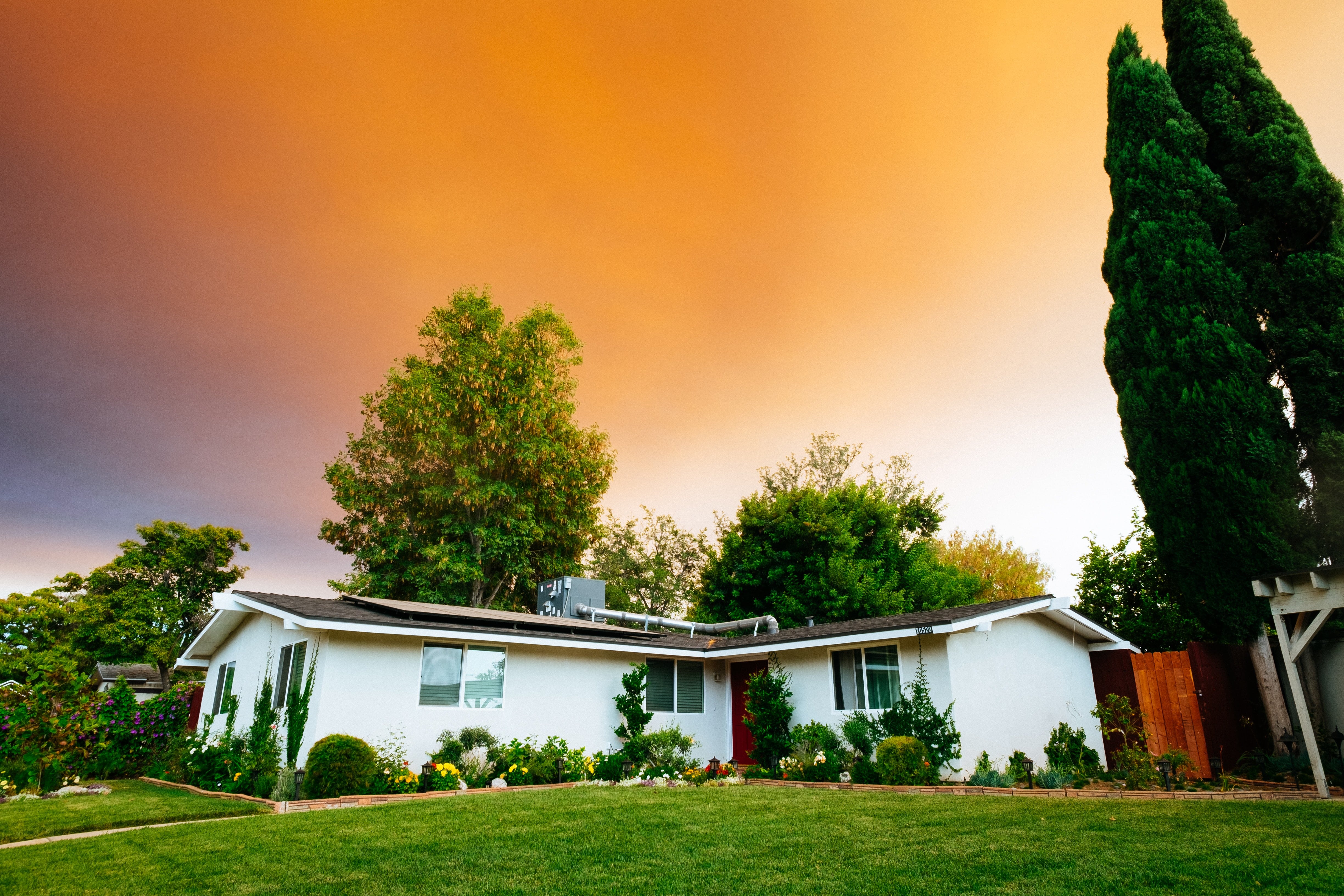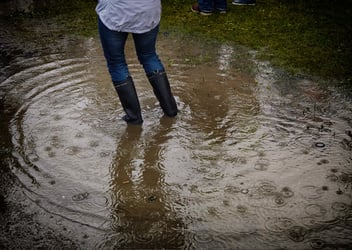When choosing a homeowner’s policy, most of the time you don’t read the entire lengthy document. You generally meet with an agent who explains the various types of coverage and you choose the one that fits best for you at the moment. But how do you know your choice at that time is the best one for you in the future? Knowing the different types of policies will help you maximize your benefits in the long run.
Having a great insurance policy helps to protect your house. And you want to protect your most valuable asset, but how do you know which policy will be right for you? While you can’t use a crystal ball to look into the future, you can learn about all of the different types of policies that are currently available to maximize your own benefits. Then you can make the best educated decision for you and your family.
There are several common types of homeowner’s insurance policies.
- HO-1 Coverage
This insurance is the most basic on the market. It protects you from fire, hail, vandalism, theft, or damage from other common threats. While you might never need it, most HO-1 policies will also protect you from civil unrest, volcanic eruptions, and windstorms. If you are on a budget, an HO-1 may be the way to go, as it is the most affordable. However, keep in mind that with an HO-1 policy, you are still liable if someone is injured on your property.
- HO-2 Coverage
HO-2 coverage includes everything from HO-1 coverage, but the policy is upgraded to cover damage from frozen pipes, water heaters, steam from various appliances, and power surges. While this policy covers more than the basic one, know that the insurance coverage only applies if the damage specifically occurs from one of the events listed in the policy.
- HO-3 Coverage
Most people choose HO-3 coverage as their homeowner’s insurance policy because it covers you for every type of damage, except for things like floods and earthquakes. The best part of the HO-3 policy is that it covers the main structure of your house and any other buildings or structures on the property. That means if you have a shed or storage unit, it will cover that too. Unlike the HO-1, the HO-3 provides liability protection. The policy covers any injuries that might happen on the property and if you accidentally damage something on your neighbor’s property, it covers the repairs.
- HO-5 Coverage
If you are looking for the most comprehensive homeowner’s policy on the market, the HO-5 is the way to go. While it usually costs more, the higher premium means more security in knowing that you have extensive coverage. An HO-5 covers all of the possible perils the same as the HO-3, but it also protects your personal belongings from any damage that is not specifically excluded, such as a flood. Be careful, because this policy does not cover every possible event that could occur, so make sure you know what events are specifically excluded.
- HO-6 Coverage
If you own a condo, an HO-6 policy is most often the one to choose. Condo policies operate the same way as homeowner’s insurance policies, but they have a few minor differences. For example, instead of covering the entire condo building, the HO-6 will only protect your unit. That means your belongings and the structure of the unit will be covered, but any part that is technically owned by the HOA is their responsibility. Most of the time the HOA will have their own policy to cover the exterior of the building, so you can rest easy knowing those larger problems are not yours to tackle.
- HO-7 Coverage
HO-7 coverage is designed for people who live in mobile or manufactured homes. An HO-7 policy will cover the same items as an HO-3. Some policies will also include liability protection which does not come with an HO-3 policy.
- HO-8 Coverage
If your home is over 40 years old, then it might have different repair needs and costs than more modern homes. Because of this, your home might not qualify for an HO-3 policy. For older homes, HO-8 policies were created to deal with the price discrepancies for replacement items. Claims are generally based on actual cash value of the damage minus depreciation.
Each homeowner’s policy offers different coverage for a variety of budgets. There is also different coverage for different types of property. It’s alright if you don’t know the ins and outs of your policy because a Public Adjuster can help maximize your benefits during a claim. But it is good to know the basics of your policy because understanding what your homeowner’s policy covers, allows you to maximize your benefits if you ever have to file a claim.




 Storm Damage
Storm Damage  Property Damage
Property Damage Appraisal Services
Appraisal Services Contact Us
Contact Us

.jpeg?width=352&name=robbery%20insurance%20claim%20(1).jpeg)


.jpg)
 claims@ucspa.com
claims@ucspa.com Mon-Fri: 9:00am-5:00pm
Mon-Fri: 9:00am-5:00pm